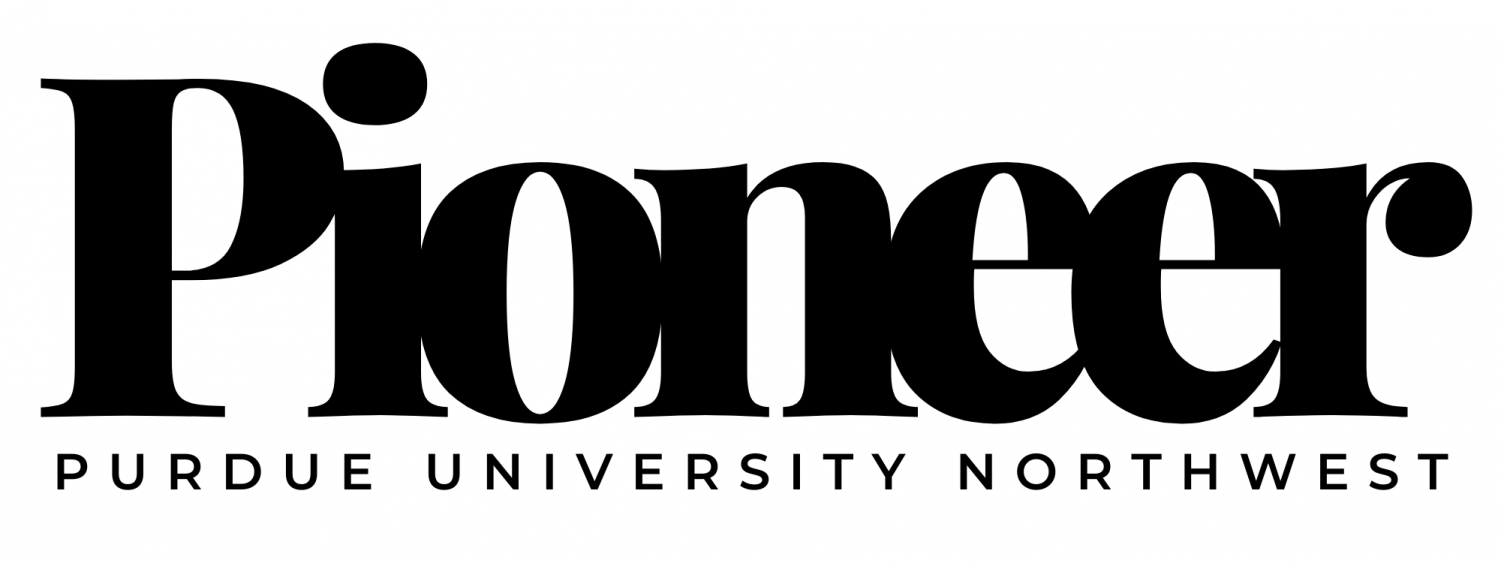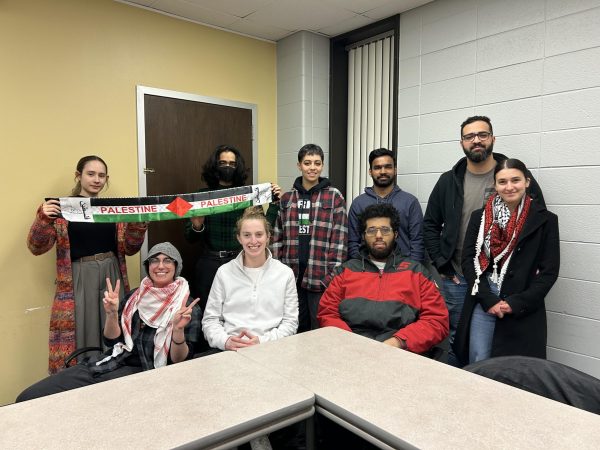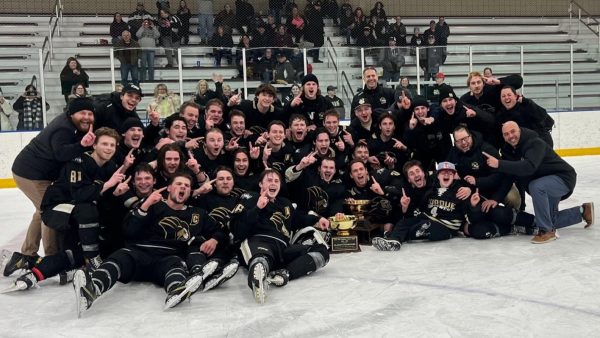Professor: Women need college degrees because the odds of getting a decent blue-collar job are limited
Female students outnumber men in college – and it may be because women need extra credentials to get a decent-paying job.
More than 58% of PNW’s 7,056 students are women, mirroring college enrollment trends nationwide. Experts say the imbalance may reflect unequal access to jobs.
“Jobs available to women without college degrees don’t pay as well as jobs available to men without degrees,” said Kathleen Tobin, history and philosophy department chair. “I was stunned to find out how much my students were making in construction jobs during the summer. Those jobs weren’t open to women.”
Though more women are finding jobs in the trades like construction, most positions are still held by men. While some unions are making efforts to attract more women, the imbalance persists. Most trades provide on-the-job training or offer apprenticeships. Some are unionized and offer educational opportunities.
“I have worked with multiple women at the mill and there are a lot of women active within the union at the hall,” said Eric Yakovetz, a steelworker at Arcelor Mittal in Burns Harbor and a member of United Steelworkers Local 6787. “But I work in the ‘dirty’ side of the mill. The ‘clean’ side with clerical jobs tends to get more women than we do.”
According to the Bureau of Labor Statistics, women make up 16.5% of architecture and engineering occupations, 4% of construction and extraction occupations, and 3.8% of welders. Conversely, women make up 66.7% of sewing machine operators, 73.5% of education, training, and library occupations, and 92.9% of executive secretaries and administrative assistants.
“Some of [the discrimination] has to do with whether women feel welcome in training and apprenticeship programs, in unions, and on the job,” said Tobin. “I’m always thrilled when I see a woman painting, but it shouldn’t be that way. It should be much more commonplace.”
A more common trade for women is nursing, but it requires a bachelor’s degree at entry level.
“I think it was my fifth-grade teacher who told my parents that I was ‘college material,’ which at the time meant teaching or nursing,” said Tobin.
At PNW, 88% of nursing and education students are women, but they represent just 20.2% of mechanical engineering students and 13.9% of electrical engineering students.
“A lot of the industrial jobs don’t target women,” said Yakovetz. “These jobs have always been referred to as ‘men’s work’.”
Tobin said gender norms – and their jobs – have historical roots.
“When the women’s movement of the 1960s and 1970s grew strong, much of the struggle related to entrance into law schools, the professions, etc.,” she said. “Working-class women felt left behind and hoped there would be more attention paid to someone wanting to become a union electrician.”
Still, Tobin sees female college enrollment rates as something to be celebrated.
“In the ‘50s and ‘60s, women were encouraged to go to college to meet a prospective husband, regardless of their major,” said Tobin. “Today, I see many more women going to college because they know that they should be prepared to support themselves.”




